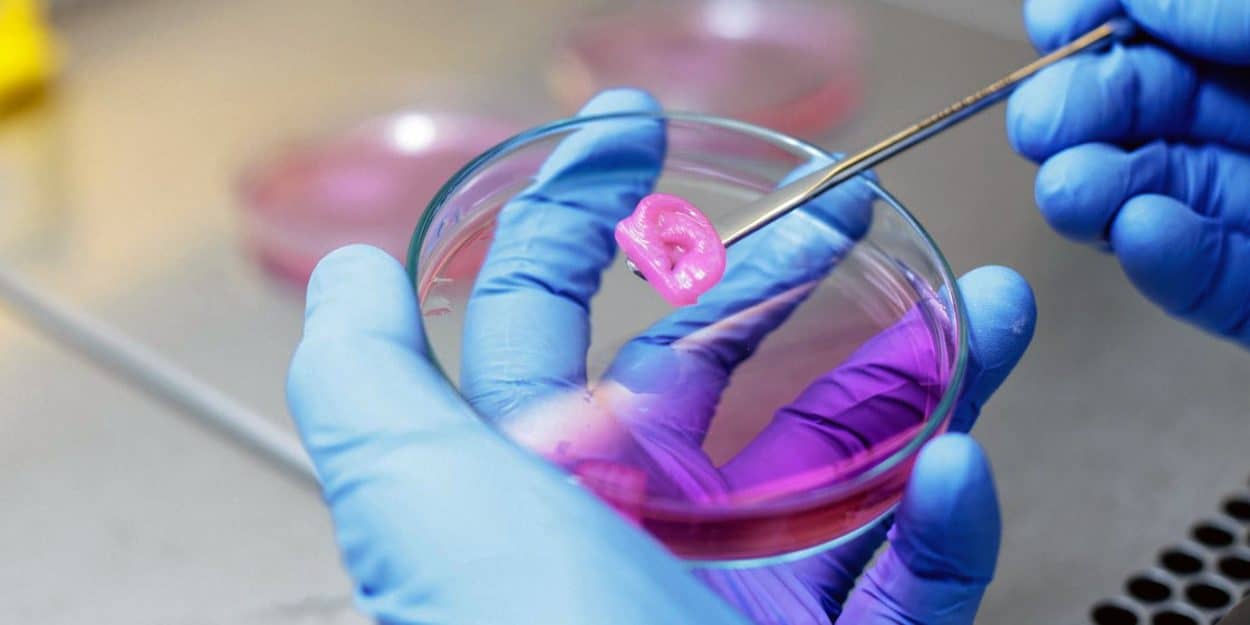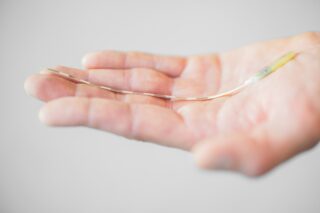If 3D printing is set to be the great disrupter of global manufacturing, then bio-printing could be similarly transformative in the life sciences and regenerative medicine sectors. One company that sees great potential with the technology is American-Euro enterprise, CELLINK, which in the three years since it was founded has emerged as a market leader in bio-printer and bio-ink production.
Bio-ink is an extrudable biomaterial that can maintain structural integrity and cell viability before and after deposition. This gel-like, nutrient-rich substance contains the ingredients that enable human cells to develop a tissue. Bio-printers dispense bio-ink from a cartridge, which gets mixed in with cells to form tissue constructs containing cells. CELLINK has developed a bio-ink that can be combined with a wide variety of cell types, including skin, liver, nerve, intestine, and pancreas.
The company also makes five bioprinters—INKREDIBLE, INKREDIBLE +, BIO X, CELLINK Go and Holograph X. Its products are used by researchers in more than 50 countries for disease modeling and testing out treatments on cells instead of having to use mice or other animals. CELLINK showcased its latest products at Arab Health in late January in Dubai.
Ariel Kramer, CELLINK’s Chief Communications Officer, explained:
“We are the first company to commercialize a universal bio-ink. “Universal” means researchers can use CELLINK’s bio-ink on any kind of human cell and dispense it from any bioprinter. Before that, everyone had to make their own ink.”
Kramer attributes the company’s fast growth, from just a handful of employees in 2016 to more than a hundred today, to the “good mix of business and science professionals on our team” and to being smart about the partnerships they forge.

In terms of what’s on the horizon, the big hope is that bioprinting technology will advance to producing entire human organs and eliminate the need for organ transplants and all the ifs and whens that waiting for a transplant entails. According to Nicole Witzleben, Applications Engineer at CELLINK, the biggest obstacle to be overcome is size:
“Currently, tissue constructs have to be thin and small as they can only receive nutrients and oxygen slowly through diffusion.”
Human organs on the other hand are larger structures which need nutrient delivery and waste removal to happen faster. The human body achieves this with blood vessels. “You could make bigger structures with bioprinting if you had vascularization. However, creating vessels and making them watertight is a difficult feat,” she said.
Difficult yes, but within their sights. “We hope to get there around 15 years from now,” said Kramer. “We are working with over 600 labs around the world trying to make it a reality.”











